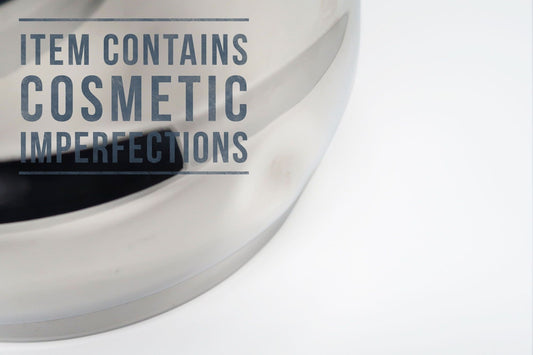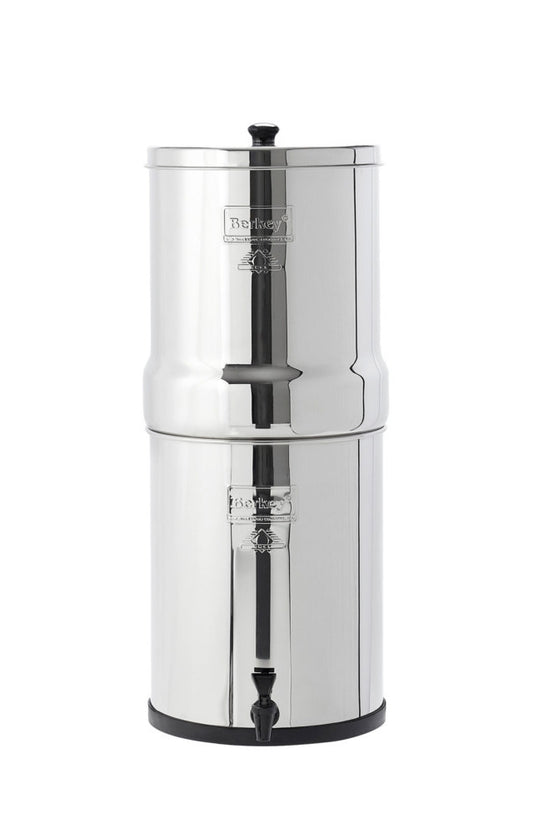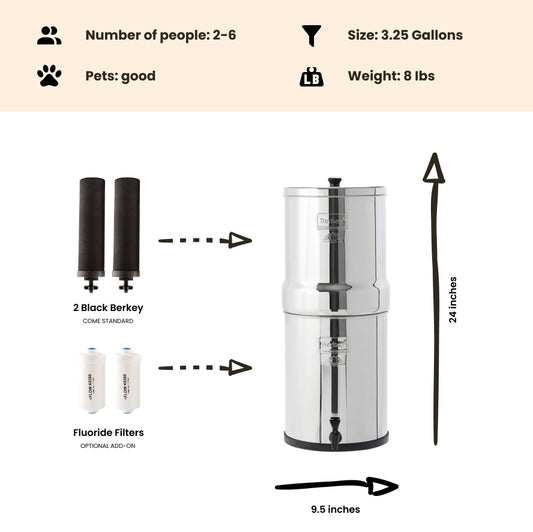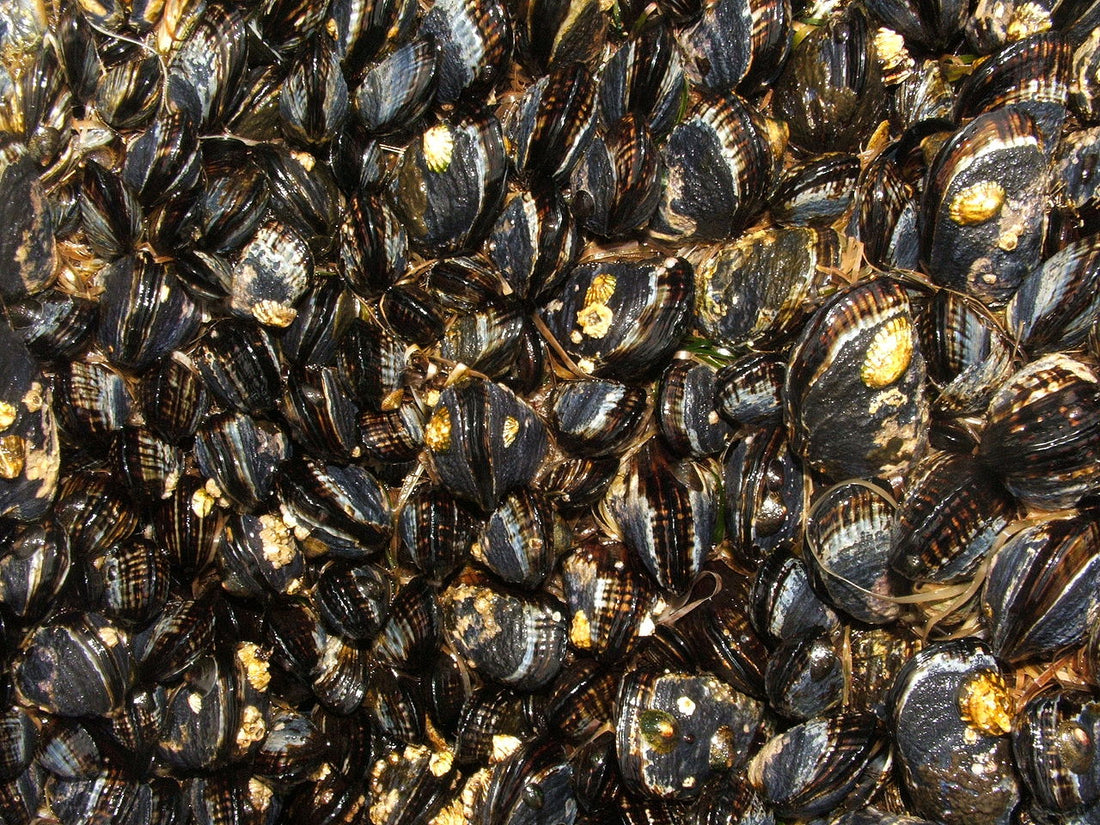
Coastal Mussels Contaminated with Pathogens Originating from Land-based Sources
By Dan DeBaunShare
Mussels along the shore of California are found to be contaminated with Giardia duodenalis, a pathogen that originates from land-based freshwater sources as well as coastal beaches frequented by California Sea Lions. This is according to a new study conducted by scientists from the University of California, Davis, which was recently published online in the scientific journal, Applied and Environmental Microbiology.
At least one of the Giardia strains found poses a health risk to humans, with two other strains present posing a risk to dogs who come into contact with it. The presence of these pathogens thus poses a health risk to people and their canine pets should they ingest contaminated water or consume uncooked shellfish, said Woutrina Smith, a co-author of the paper.
According to lead author, Aiko Adell, the researchers hypothesized that if pathogens were entering the sea from land, then the genetic structure of Giardia and Cryptosporidium parasites found in the mussels would be the same as the genetic structure of these parasites found in animals living on land.
For their analysis, the researchers collected marine mussels from coastal mussel beds surrounding river mouths and from haul-out sites frequented by sea lions along the central Californian coastline, together with samples of sea lion feces. Using genetic PCR techniques -- where DNA is amplified by making multiple copies of the DNA structure -- and DNA sequencing, they examined the samples collected for the presence of Giardia pathogens.
The researchers sampled mussels, not just to determine if they were contaminated by Giardia pathogens, but because they are filter-feeders they process large volumes of water, and thus pathogens tend to become concentrated within their tissue.
"Testing the mussels enabled us to more quickly find the pathogens, rather like using a magnet to find needles in a haystack, instead of sifting through all that straw," says coauthor Patricia Conrad.
Fluorescent microscopy revealed oocysts and cysts in the sea lion fecal samples that resembled that of both Cryptosporidia and Giardia, however the researchers were not able detect DNA for these pathogens after running PCR, which according to Smith, is likely due to low levels of parasites present in the fecal samples.
For the mussels, however, the picture was somewhat different. While no oocytes or cysts were visible, the research team were able to detect Giardia DNA in some of the mussel tissue samples.
This research illustrates how useful filter-feeding organisms that accumulate parasites and pathogens can be for testing for the presence of pathogens in both freshwater and marine aquatic environments. If water samples were tested, the pathogens would be diluted and thus would not likely be visible in water samples collected. Similarly, testing fecal samples has limitations, because oocysts and cysts are typically only shed once infection is acute. The findings also enable us to better understand the fate of land-based fecal-transmitted waterborne pathogens once they enter the ocean.
According to Smith, the public health risk to beach-goers and surfers is higher during seasons with high rainfall, when river outflow is higher. The increase in freshwater runoff during the rainy season can wash fecal material from land-based surfaces into freshwater systems, which then flow to the sea. Smith also points out that the Giardia strains that typically infect canines have also been known to infect humans on rare occasions.
If these contaminants are flowing into the sea from land-based freshwater sources, it stands to reason that these freshwater sources are also contaminated, and thus pose a threat to people who swim in them or rely on them for their drinking water.
Journal Reference:
A. D. Adell, W. A. Smith, K. Shapiro, A. Melli, P. A. Conrad. Molecular epidemiology of Cryptosporidium spp. and Giardia spp. in mussels (Mytilus californianus) and California sea lions (Zalophus californianus) from central California. Applied and Environmental Microbiology, 2014; DOI: 10.1128/AEM.02922-14
-
Regular price From $302.00 USDRegular priceUnit price / per
-
Regular price $234.00 USDRegular priceUnit price / per
-
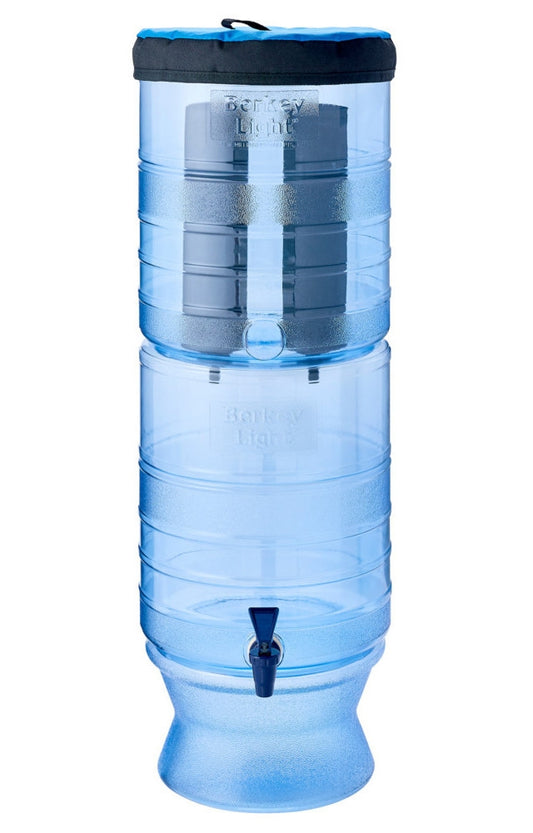
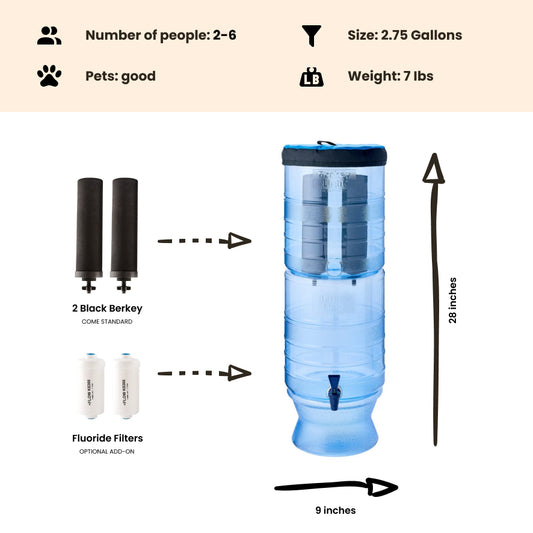 Sold outRegular price From $305.00 USDRegular priceUnit price / per
Sold outRegular price From $305.00 USDRegular priceUnit price / per -
Regular price $327.00 USDRegular priceUnit price / per
-
Regular price From $367.00 USDRegular priceUnit price / per
-
Regular price From $408.00 USDRegular priceUnit price / per
-
Regular price From $451.00 USDRegular priceUnit price / per

Dan DeBaun
Dan DeBaun is the owner and operator of Big Berkey Water Filters. Prior to Berkey, Dan was an asset manager for a major telecommunications company. He graduated from Rutgers with an undergraduate degree in industrial engineering, followed by an MBA in finance from Rutgers as well. Dan enjoys biohacking, exercising, meditation, beach life, and spending time with family and friends.
~ The Owner of Big Berkey Water Filters




